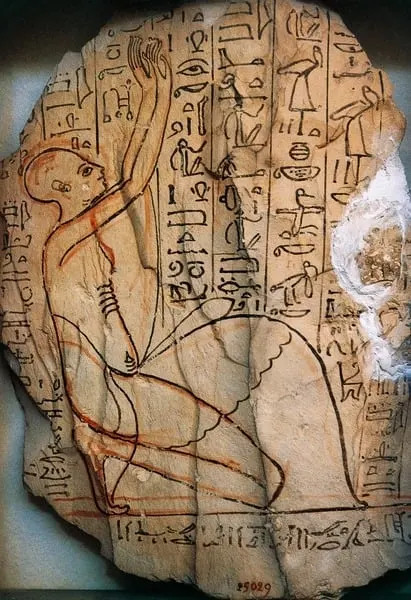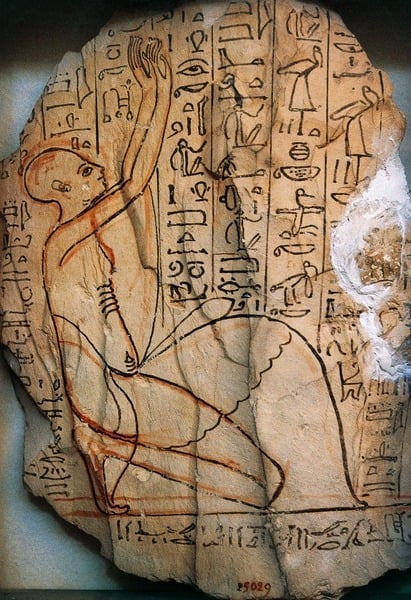When we think of ancient Egypt, images of towering pyramids, gilded tombs, and colossal statues often come to mind. However, some of the most revealing insights into Egyptian civilization come not from these grand monuments but from humble fragments of pottery and limestone known as ostraca. These small, inscribed pieces have proven invaluable in reconstructing the everyday lives of the people who lived along the Nile thousands of years ago.

What Are Ostraca?
Ostraca (singular: ostracon) are shards of pottery or limestone used as writing surfaces in ancient Egypt. Unlike expensive papyrus, these fragments were readily available and commonly used for recording a variety of information. The inscriptions found on ostraca range from administrative records and personal letters to artistic sketches and religious texts, making them a window into both official affairs and daily interactions.
A Glimpse into Everyday Life
One of the most significant collections of ostraca comes from Deir el-Medina, the village where artisans and laborers who built the royal tombs in the Valley of the Kings resided. These fragments reveal a wealth of information about the workers’ wages, food rations, legal disputes, and personal relationships. Some ostraca even contain satirical writings and love poems, showcasing the human emotions and humor of ancient Egyptians.

For example, an ostracon found at Deir el-Medina records a worker’s excuse for missing work, citing an argument with his wife—an astonishingly relatable problem even by modern standards. Another fragment contains a student’s scribbled practice notes, shedding light on the rigorous training of scribes.
Artistic and Religious Insights
Not all ostraca were used for writing—many were adorned with sketches, caricatures, and religious symbols. Artists often practiced their craft on these fragments before committing their work to temple walls. Some ostraca feature early depictions of gods and pharaohs, offering insight into artistic conventions of the time.
Religious texts and magical spells were also frequently recorded on ostraca. Some contained prayers or dream interpretations, reflecting the spiritual concerns of the common people. These texts highlight the deep intertwining of daily life with religious belief in ancient Egypt.
The Lasting Importance of Ostraca
While grand inscriptions in temples and tombs often glorify pharaohs and gods, ostraca provide a more intimate and authentic perspective on Egyptian life. They reveal how society functioned at all levels, from scribes and artisans to merchants and laborers. By studying these fragments, historians gain a deeper understanding of economic systems, education, art, and spirituality in ancient Egypt.
Ultimately, ostraca serve as whispers from the past, bringing to life the voices of ordinary Egyptians who might otherwise have been lost to history. These small, fragile pieces are as significant as the grandest monuments, allowing us to see ancient Egypt not just as a land of kings and pyramids, but as a vibrant and complex civilization built by the hands of its people.

